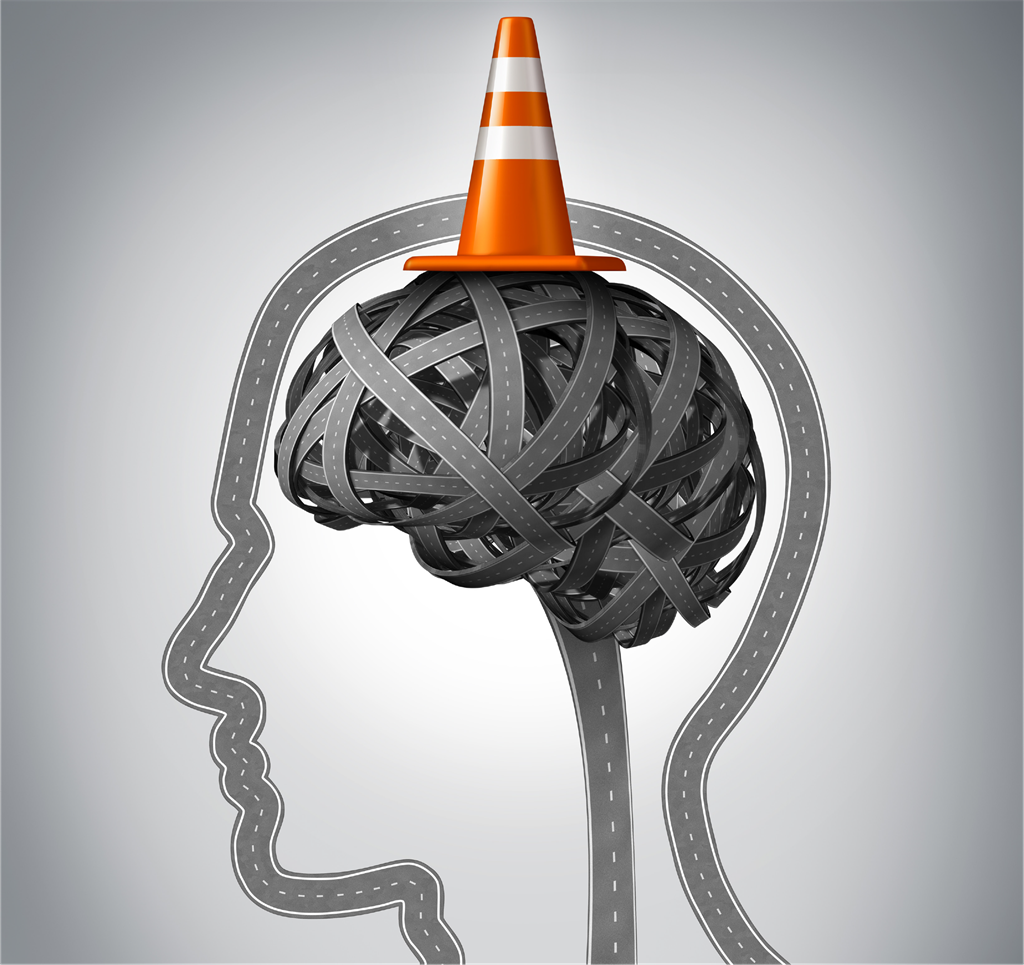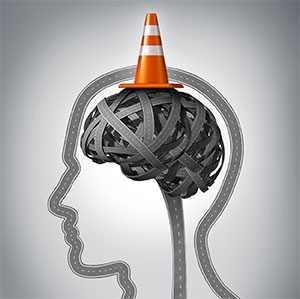
There are two types of head injury:
- External – usually scalp injuries, which are more common in children.
- Internal – these may involve the skull, the blood vessels within the skull, or the brain.
External injury
There are many blood vessels on the scalp, which means that even a minor injury can bleed profusely. The swelling or bump, which appears on the scalp after a blow to the head, is caused by veins leaking fluid and blood into the skin on the scalp. This can take days or weeks to disappear.
Help for an external injury:
- Call your doctor if your child has lost consciousness, even momentarily.
- If he hasn't lost consciousness and is alert, apply an ice pack or cold pack to the area for 20 minutes. Wrap the pack in a cloth to prevent damage to the skin from extreme cold.
- Watch your child carefully for the next 24 hours. If he shows signs of internal head injury, call your doctor immediately.
- If the incident occurs close to bedtime and the child falls asleep at his normal time, check every two hours for disturbances in skin colour, breathing or twitching limbs. If all appears well, let him sleep. If colour and breathing are abnormal, wake him up. Call your doctor immediately for help.
Internal injury
The brain is usually cushioned from injury by the fluid which bathes it and the membranes which surround it. However, a severe blow to the head may knock the brain against the side of the skull or tear blood vessels, either above or below the membranes surrounding the brain. Any internal brain injury like a fractured skull, torn blood vessels or damage to the brain itself can be serious and even life-threatening.
Help for an internal injury:
Call an ambulance if the child shows these symptoms:
- Unconsciousness.
- Abnormal breathing.
- Obvious wound fracture.
- Bleeding from the nose, ear or mouth.
- Speech or vision disturbances.
- Pupils of unequal size.
- Weakness or paralysis.
- Neck pain or stiffness.
- Seizure.
- Vomiting.
- Loss of bladder or bowel control.
Until help arrives, don't move the child unnecessarily.
If he's unconscious or drowsy or there's any paralysis, don't move him at all. There may be injury to the spine. Place your hands on either side of his head to immobilise the neck and leave him in the position in which you found him.
If he vomits, roll him onto his side to prevent him choking.
If he has a seizure, roll him onto his side, and make sure that the tongue has fallen forward in the mouth to keep the airway clear.
If there's swelling to the head, apply an ice pack.
Don't apply direct pressure to a wound if you think there's an underlying break in the skull (fracture).
Don't remove any object stuck in the wound.





 Publications
Publications
 Partners
Partners















